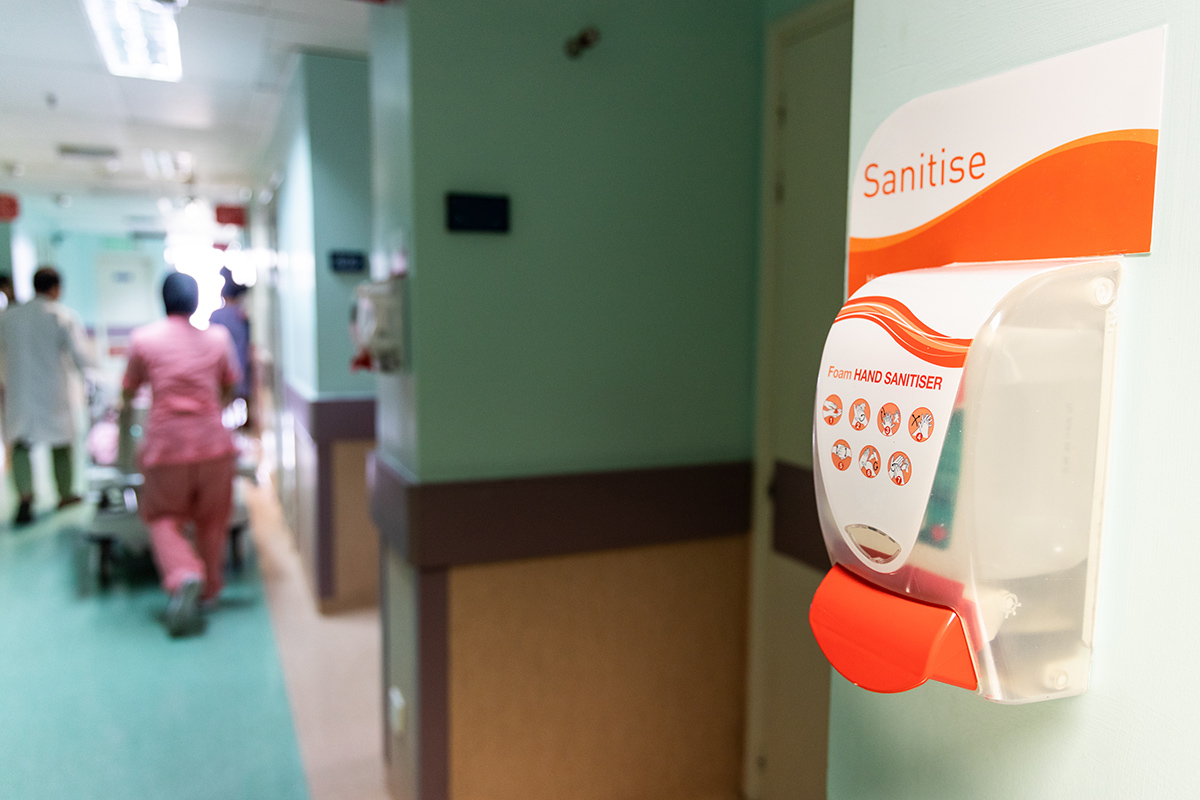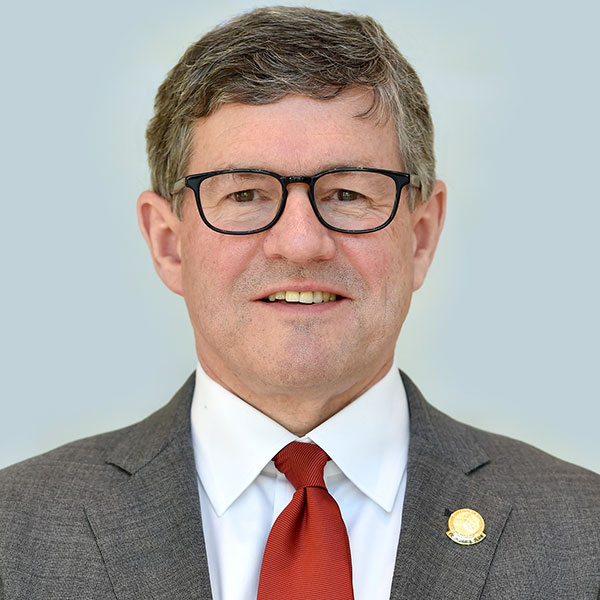Operational Considerations During COVID-19

- What are the goals in optimizing practice operations?
- Reduce the risk of infection and spread of COVID-19
- Patient safety
- Care team safety
- Conserve and protect our critical workforce
- Keep patients at home
- Preserve access to care
- Rapidly adapt to changing facts and events
- Communicate regularly to all affected stakeholders
- Use current experience to drive future care transformation
- How should office structure and function be addressed?
- Move to a single point of entry
- Screen all patients, visitors, and staff (including physicians)
- Consider temperature screening before clinic/facility entry
- Limit potential exposure
- Reduce the number of individuals in waiting rooms
- Stagger appointments and restrict visitors
- Consider moving necessary in-office visits to off-campus (non-hospital) sites
- Limit patient exposure for high-risk individuals
- Try and maintain a distance >6 feet where possible
- Reorganize staff
- Reduce, redeploy and repurpose
- Have all administrative staff work remotely if possible
- Take an inventory of what other roles staff can play (even outside the service line)
- Rethink access
- Move as many encounters to be virtual
- Consider temporarily closing and consolidating offices in close proximity
- Consolidate days of service at outreach offices/clinics
- Identify tests and procedures that can be deferred
- Consider policies for issuing "excuse from work" letters for high-risk patients
- Perform daily huddles and operational reviews
- Provide targeted communication
- Have a "chain of command"
- Don't overwhelm with too many attachments/details
- How should patient scheduling be changed to meet goals and clinical demands?
- Attempt to see all new patients with rare exception (e.g., elective pre-operative evaluation)
- Maximize use of virtual care where possible
- Understand the different types of virtual visits (e.g., video, telephone, e-consults)
- Review current schedules days in advance with a goal of identifying established patients that:
- Can be safely rescheduled >3 months
- Can be seen virtually for active issues
- Must be seen face-to-face (traditional visit)
- Stagger or space out appointments to reduce the number of patients in the office and waiting areas
- Limit office testing for those required for active clinical decision-making (no surveillance testing)
- Document triage decisions, disposition, and type/timing of follow-up for liability purposes
- Use shared decision-making whenever possible
- How should physician and APP deployment be optimized?
- Reduce the number of physicians, APPs, and clinical staff in the office
- Consolidate schedules – Practice zone defense
- Create teams (physicians/APPs/clinical staff) that are restricted to remote duties 1 week at a time so as to avoid group exposure
- Particularly important for "mission-critical" physicians (e.g., interventional cardiologists, cardiovascular surgeons and intensivists)
- Rotate these "home teams" with "on site teams" on a weekly basis
- Attempt to keep those at increased risk (e.g., immunocompromised individuals) on a "home team" until risk is mitigated
- Leverage "home teams" to do:
- Virtual office visits
- Reading of remote diagnostic studies (e.g., echocardiograms)
- Phone/triage support
- Minimize duplication of visits by subspecialty cardiologists where possible (e.g., general cardiology, EP, heart failure)
- Take PTO as scheduled unless dictated otherwise by workforce shortage or surge demand
- Recognize and mitigate "burn-out"
- How should hospital needs be met?
- Attempt to consolidate coverage (use shifts)
- Accommodation will be needed for higher risk physicians, APPs and clinical staff (e.g., immunocompromised, chronic illness)
- Identify tests and procedures that can be deferred
- Make every attempt to reduce the hospital census – free-up beds
- Attempt to prevent "unnecessary" admissions
- Re-evaluate transfer criteria
- Adjust procedural schedule to 7 days per week to facilitate discharges
- Emphasize same-day discharge post procedure
- Expedite discharges with early virtual follow up
- What are the compensation issues that need to be addressed?
- Staff
- Ensure support
- Address work hours (guaranteed vs. reduced)
- How to redeploy and repurpose
- PTO, sick leave, etc.
- Keep staff engaged to be able to ramp-up as the crisis dissipates
- Physicians and APPs
- Anticipate/estimate reduced production and compensation
- Attempt to protect base compensation with adjusted wRVU targets
- Independent clinicians – Consider shared group revenue model
- Employed clinicians – Consider shared distribution model
Clinical Topics: COVID-19 Hub
Keywords: Cardiology Magazine, ACC Publications, COVID-19, Coronavirus, Coronavirus Infections, Patient Discharge, Patient Safety
< Back to Listings

